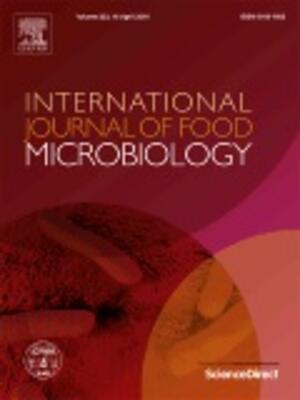
Foodborne hazards in food in Burkina Faso, 1990–2019: A systematic review and meta-analysis
Abstract
Background: Foodborne diseases impose substantial public health burden and jeopardize socio-economic development worldwide. While accurate information on foodborne hazards is needed for informed decision in food safety interventions, such information is scarce in developing countries such as Burkina Faso. We conducted a systematic review and meta-analysis of studies reporting foodborne hazards in foods in Burkina Faso to describe the present knowledge of the situation.
Methods: Preferred Reporting Items for Systematic Reviews and Meta-Analyses (PRISMA) guideline was used to conduct this review. Abstracts were searched in PubMed and CAB direct between 1 January 1990 to 30 September 2019. We used random-effects models to estimate pooled prevalence and I2 values to measure heterogeneity between studies.
Results: 188 articles were identified, of which 14 are included in this review: 12 were on bacterial hazards (Salmonella, Campylobacter, Staphylococcus, E. coli, Shigella), three on fungal hazards and one on parasitic hazards (Toxoplasma gondii). The overall pooled prevalence of Salmonella spp. was 13% (95% CI: 8–21), the highest in lettuce: 50% (95% CI: 30–70) and the lowest in milk: 1.2% (95% CI: 0–5), demonstrating substantial variation among the studies (I2 = 85, 95% CI: 79–90%, p < 0.01). Campylobacter spp. was reported in chicken carcass, with 50% of the samples being positive. The overall pooled microbial load of Staphylococcus in the studied food samples was 3.2 log (95% CI: 2.8–3.6) CFU per g or ml of food, the highest in poultry samples: 4.5 log (95% CI: 2.8–6.2) CFU per g or ml of food. The overall pooled prevalence of Escherichia coli (E. coli) was 40% (95% CI: 29–51), the highest in beef intestines: 62% (95% CI: 22–91) and the lowest in dairy products: 31% (95% CI: 17–50), showing substantial variation across the studies (I2 = 86, 95% CI: 80–90%, p < 0.01).
Conclusion: Our results showed widespread contamination of foods with foodborne hazards across various food value chains indicating poor hygienic handling of foods, raising consumers’ health risk due to foodborne illnesses from the foods. We recommend promotion of awareness creation in food safety and improved monitoring of hazards in food.
Citation
Dinede, G., Amenu, K., Alonso, S., Gazu, L., Mutua, F., Roesel, K., Lindahl, J.F., Sousa, F.M., Ulrich, P., Guadu, T., Dione, M., Ilboudo, G., Knight-Jones, T.J.D. and Grace, D. 2023. Foodborne hazards in food in Burkina Faso, 1990–2019: A systematic review and meta-analysis. Frontiers in Sustainable Food Systems 7: 1232992.










